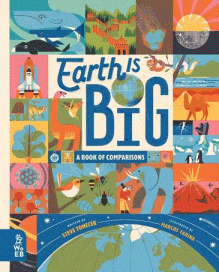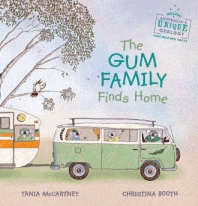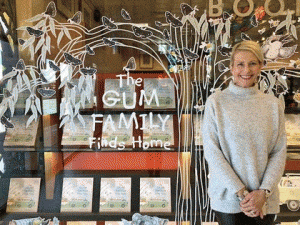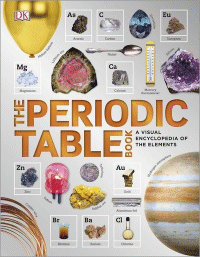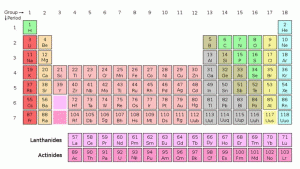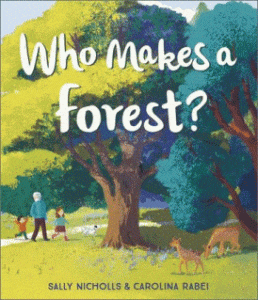
Who Makes a Forest?
Who Makes a Forest?
Sally Nicholls
Carolina Rabei
Andersen Press, 2021
32pp., pbk., RRP $A16.99
9781783449200
Who makes a forest? A wizard, a giant, a business corporation or an emperor and all his armies?
With its very English orientation this has been sitting on my to-review pile for some time, patiently waiting its turn as I pondered whether it was appropriate for young Australian readers, But as other reviews unfolded, particularly the series about the development of the planet from the Big Bang , the formation of land shapes and landscapes that we view in awe today, and the birth of animal life its place in the scheme of things began to evolve. For if this planet was formed by a mighty explosion that left us with scalding molten rock that eventually cooled, how did it become covered in all the plant life we know today?
Compounded by watching what, for decades, has been a sharp, clay bank where the earth was cut out for a building turn to a moss-covered haven for tiny creatures as this year’s rain has seeped through the ground from the hills above us, and lichen grew on tree stumps that have been dead for just as long, the book found its way to the top of the pile. So even though the plants and creatures that the children meet as they walk through the woods with Grandpa, nevertheless it is the concept of how a thousand tiny things can come together to change the face of the earth. And so just as the children find moss and algae and lichen on the rocks, so I too, am finding it in my very Australian bush landscape. And just as they see the tiny plants emerging from the soil created as those mosses and lichen break down, so am I seeing the shoot of a grass. And as they see the butterflies and bees followed by the birds whose droppings not only nourish the fledgling soil but leave seeds that will sprout, so am I seeing clumps of wattle trees and other wildflowers starting to carpet what has been barren clay and shale.
So from what was a book that didn’t really speak to me loudly, it has now taken its place in that collection that will help our young readers better understand the world around them and how it works. And regardless of what evolves in the middle of the story, the start and the end of forests are the same – and there are even tips on what we can do to help them last longer.
